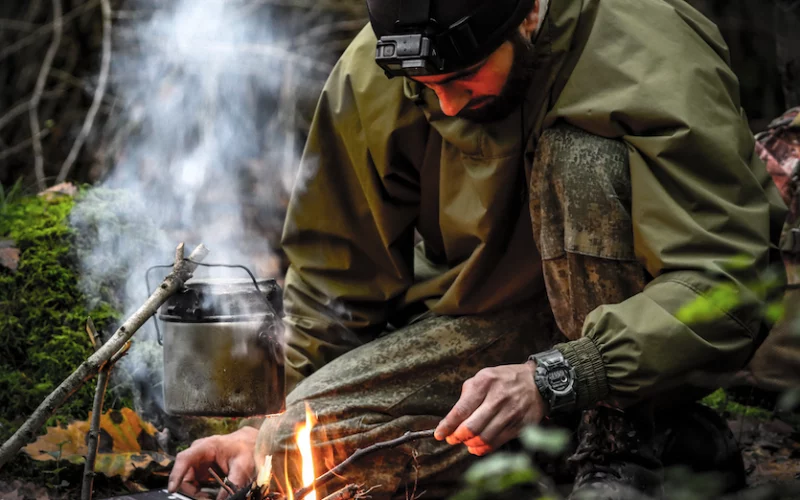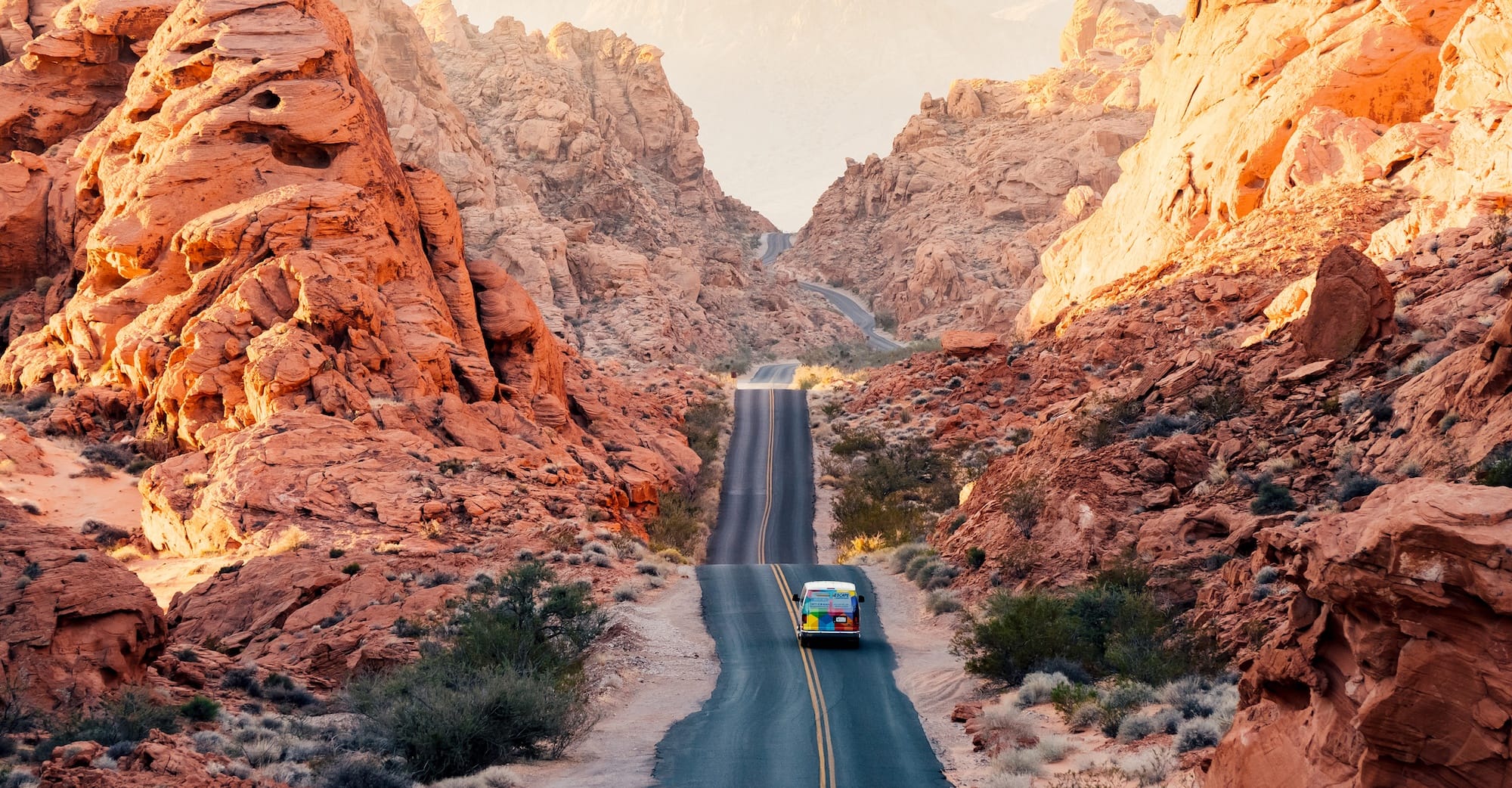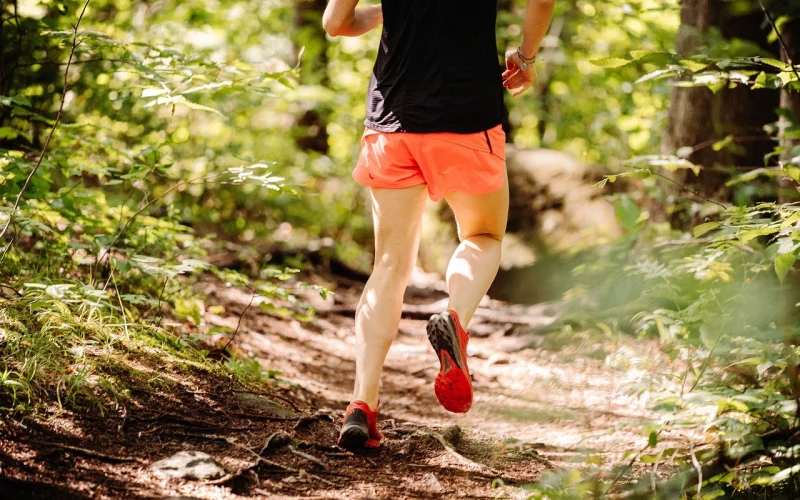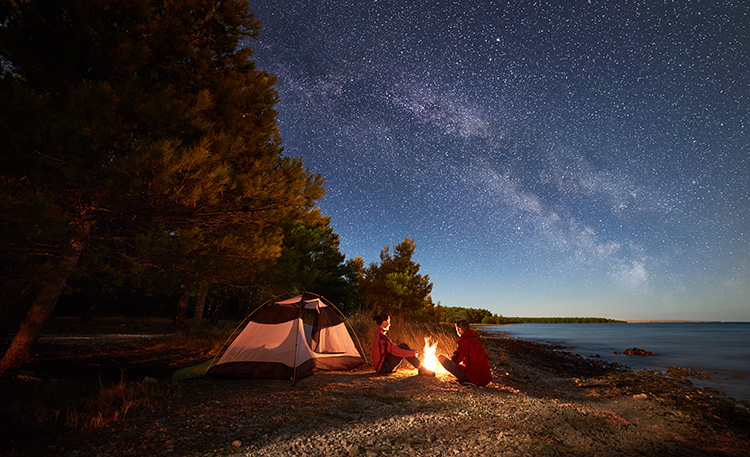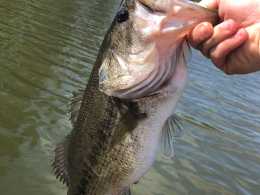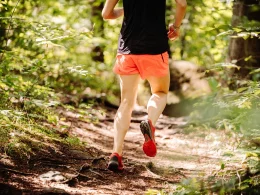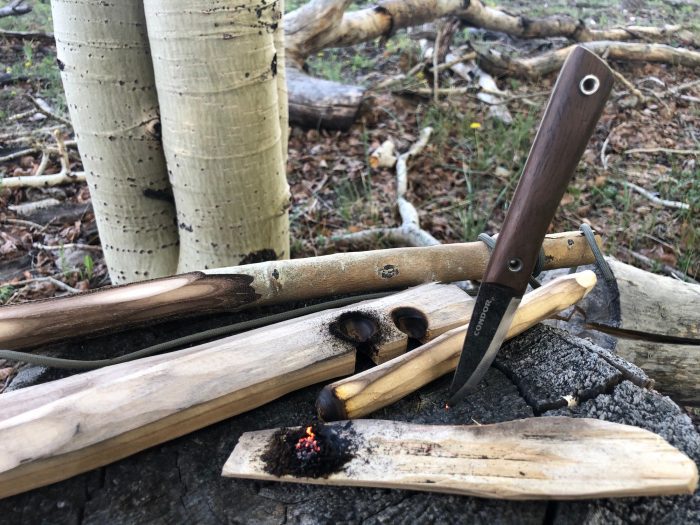We’ve all been in that position where we go to start a campfire and the lighter is either out of fluid or non-functional from getting wet. If you didn’t have a backup then starting a fire suddenly became near impossible to achieve.
Many firestarters are largely dependent on good weather for them to be effective. Rainy weather is the worst scenario since both the wood and ground will be soaked. Starting a fire in the wintertime is tricky because nothing wants to burn as easily as it does in the warmer months because the temperature is so cold.
The best firestarters will work in any condition, be small enough to pack away, and provide the means of getting a roaring fire going quickly. The items mentioned in this guide have started hundreds of fires for me, regardless of the weather conditions.
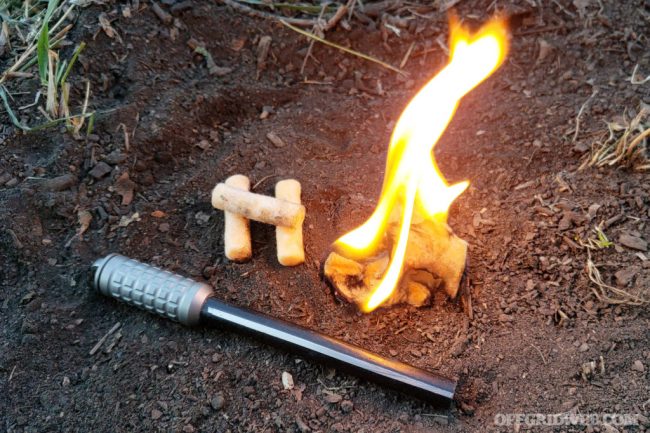
Table of Contents
Firestarters that will ignite tinder in any weather conditions
A good firestarter can create ignition in wet and windy conditions. In my experience it is a good idea to bring multiple items to start a fire. Better yet, bring multiple different firestarters with you.
Chances are if one of them fails, the other one will too if it’s the same thing. It’s also good practice to start fires using different methods. This can make you become more familiar with building fires in any condition.
Here are the best firestarters that I’ve used for camping in any condition. The nice thing is that all of them are easily packable. This means you can carry all of them on you without having to sacrifice too much space in your bag.
1. Ferro rod
This firestarter is one of the most popular amongst bushcrafters and outdoor enthusiasts. It consists of a rod and an accompanying striker. Ferro is short for Ferrocerium and is an alloy created using a combination of different metals.
Each company has their own “recipe” for what their Ferro Rods are made of. However, the general idea is to mix iron with cerium with other elements which produce sparks when struck with a hard edge.
What you may notice right away is that your Ferro rod is covered in a black coating. This coating protects the alloy underneath from oxidizing due to air exposure. To throw sparks from the Ferro rod you will first need to scrape away that black coating to reveal the metal underneath.
Most Ferro rods come with strikers attached for easy use. These strikers are generally made with steel since it’s very hard. As an alternative, many bushcraft knives will have 90 degree angles on the spine. As long as your knife has that sharp angle you’ll be able to use it as a striker for a ferro rod.
Folding saws tend to have a 90 degree spine on them, and since they are easier to apply downward pressure with, often shoot lots of sparks with minimal effort.
A Ferro rod is not the same as a magnesium firestarter, although some manufacturers will include magnesium inside their products.
I always have one of these in my kit as they can last between 3,000-10,000 strikes depending on the size. The heat generated from the sparks is upwards of 5500° Fahrenheit. The nice thing is that they work in any weather at any altitude, even if the rod was submerged in water. This item should be included in any outdoor emergency kit and will guarantee that you’ll be able to start a fire.
2. Magnesium bar, rod and striker
Using a magnesium bar is a classic method for lighting a fire. When ignited to about 800° F magnesium will burn up to 5400° F, hot enough to light your tinder.
Starting a fire with a magnesium bar is simple enough. When you buy one it should come with a bar of magnesium, a striker for scraping, and a miniature Ferro rod that you will use to throw sparks to light the magnesium shavings.
The spine of a knife, if it has a sharp angle, will be able to scrape the magnesium bar until shavings fall onto your tinder. If the magnesium bar comes with a striker, it can be used to create shavings. You’ll want to scrape a pile about the size of a quarter.
Once you have a pile of shavings, use the included Ferro rod to cast sparks onto the shavings. With a good strike you’ll generate a hot flame that will light your dry tinder bundle.
This is another firestarter that I keep with me on extended trips. The small form factor and its ability to work in wet conditions just provide another guarantee that you can start a fire.
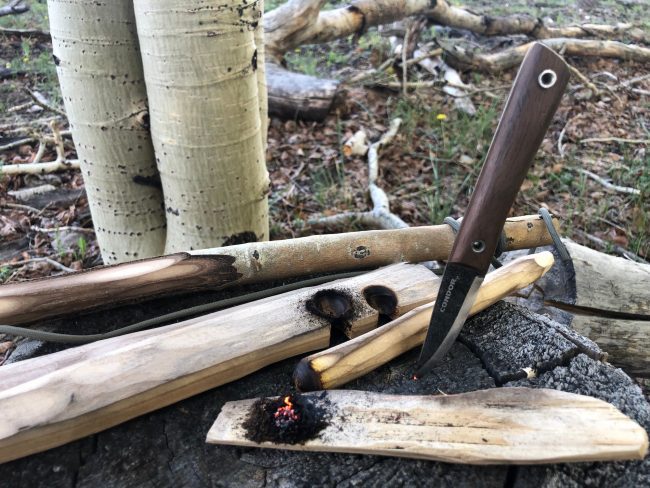
3. Flint and steel
Flint and steel is probably the most referenced way to start a fire. Flint is a readily available rock that you can find along shorelines and it happens to create sparks if struck against a steel striker.
It’s best used with char cloth to create an ember which can then be transferred to a tinder bundle. If you try to light your tinder just using the flint and steel it most likely will fail if it’s slightly damp.
The main advantage is that flint is free and easy to find. This means you can stock up whenever you need to without spending a dime. You can create the sparks in any weather; However, the char cloth won’t be able to light if it’s damp.
4. Foil wrapper and a battery
More of a science experiment rather than a firestarter, it will help start a fire if you’re in a pinch. The foil wrapper around a piece of gum is perfect as it has foil on one side and paper on the other. Most devices use AAA, AA, C, or D batteries and those will work perfectly for igniting the wrapper.
You can also use tin foil if you don’t have a gum wrapper. Simply trim it down so that it can fit between the positive and negative terminals of a battery. Tin foil requires more power to ignite so use a 9 volt battery instead of the smaller ones.
Take your foil wrapper and cut it into 3 equal strips. In order for this to work you’ll need to take your knife or scissors and cut each strip into an hourglass shape. The thinnest part should be in the middle, aim for about 1/16th of an inch and that is where the reaction will happen.
Touch the ends of one of the strips to the positive and negative terminals on the battery and it should ignite. Watch your hands as the foil wrapper can get hot and spark a little. Transfer the foil paper to your tinder pile and provide it with enough air to go up in flames.
5. Stormproof matches
Have you ever stuck a match under water only to have it stay lit after you take it out? Stormproof matches are the ultimate item for starting a fire in adverse weather conditions.
They are thicker than the average match and will burn up to 25 seconds. High winds and even being submerged in water won’t stop them from staying lit. A striker is usually included with the match and it shouldn’t get wet if you want it to work. Otherwise, find a flat abrasive surface if you don’t have a striker with you.
Just be careful when using them as their tendency to stay lit can be detrimental if you want to put them out. If you drop the match onto flammable fabric it will continuously burn until you manage to put it out. The best way is to suffocate it by piling dirt on top of the flame or submerging it in water for a long time.
The best tinder to use with camping firestarters
Having a good firestarter is only half the battle when trying to ignite tinder. Using dry tinder is crucial in order to be successful. Here are some of the best natural and homemade tinder that you can have in your kit with the firestarters.
Birch bark: Yellow and white birch bark is papery and thin, making it the perfect resource for starting a fire. Just walk by the tree and pick off any loose pieces of bark.
Fatwood: Resin-loaded branches from coniferous trees are highly flammable. You can find it in dead branches and in the stump of dead pine trees. Scrape some shavings off with your knife and throw a spark to ignite it.
Cotton balls and Vaseline: A classic homemade tinder using cotton balls and petroleum jelly. You want to dip the cotton ball in the vaseline and work it throughout. The petroleum jelly will stop the cotton from combusting and provide a slow burn instead.
Cattail fluff: When cattails turn brown they start to produce fluffy seeds along the top. Simply take the top cob, press in with your thumb to release the fluffy seeds into some tinder and light it with a spark.
The waxy inner core strand of paracord: Some paracord brands have an extra inner strand that is coated in wax as an emergency tinder. Simply cut away the outer case and pull out the strand that is a different color. You can then fluff it between your fingers and light it.
Which one is right for you?
Whichever fire starter you choose depends on your skill level, budget, and patience. Ferro rods and magnesium bars are perfect as general purpose firestarters that will last a long time.
Flint and steel is usually reserved for bushcrafters and those who want to travel light. This is largely due to the learning curve associated with wielding it effectively. Gain a little experience using this method before solely relying on it.
A foil wrapper and battery combination is more for emergency purposes rather than a reliable way to start fires quickly. Although the components are easy to pack away on your trip it would be best to choose one of the others.
Stormproof matches are a single-use ignition source that can become quite expensive as a main firestarter. Use them in extreme conditions if all the other ones fail.

